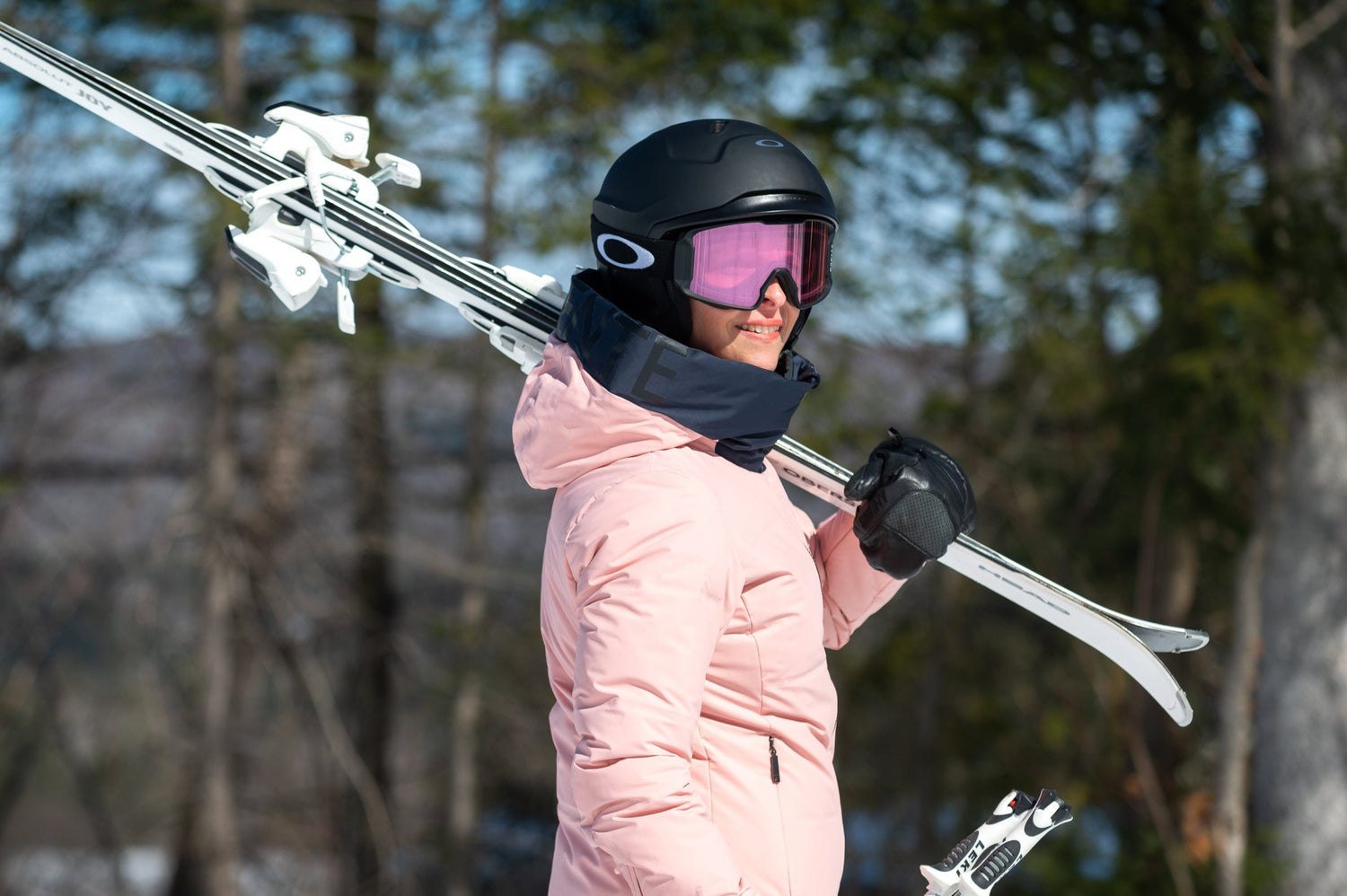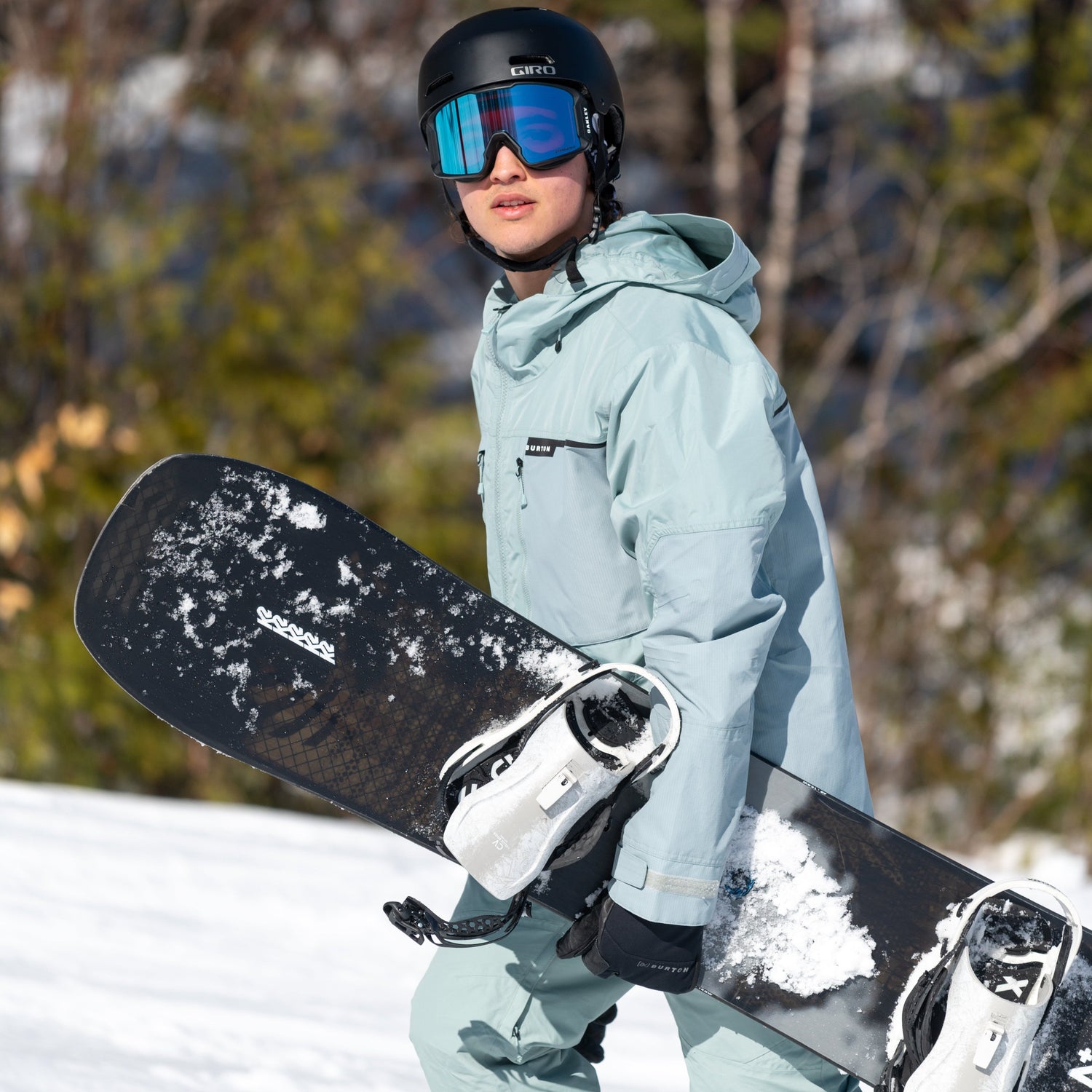The boot is the most important piece of equipment because it’s in direct contact with body. You can own the best pair of skis in the world but if your boots are not well fitted to your foot, you won’t be able to get all the performance and control you need.” Jean-Julien C. Perreault, manager and alpine ski specialist at Oberson Laval.
1. Don’t wait to be uncomfortable!
The liner is so thin in that you need to wear three pairs of socks to fill in the space? It is more than time to change your boots! Like all the other gear, boots have a life span! Usually, you should keep them for a maximum of 10 years, more specifically between 120 and 150 ski days. Clearly, the skier who only spends three hours a handful of times on the mountain every season will not use their boots as fast as the one who spends eight hours a day every weekend of the season! How will you know when it’s time to change your boots? A thinning liner will give your foot too much room to move around and you will be at high risk of injury. Another key sign that it’s time to change your boot imminently is that the shell is drying out and cracking and will eventually break.
2. Make sure you choose a boot that is right for your level and your skiing style
The terrain on which you ski is a key element in your choice of boots. There are different levels of flex – soft, medium and stiff – for every type of skier. On the one hand, softer boots will be more permissive and will enable you to complete your turns more easily. On the other hand, stiffer boots will allow for a quicker reaction time, therefore better performance and a more precise control of your skis. According to Jean-Julien, manager and ski specialist at our Oberson Laval boutique: “the boot initiates the turn.” Your weight also plays a role in how stiff your boot needs to be.
3. Follow your specialist’s advice
Since your boot is key in making your skiing experience enjoyable, it is essential that you seek the help of a specialist to choose the right pair. The fit of your boot changes everything when the time to perform comes. Since there are three widths to choose from – narrow, medium, wide – it is important to measure your foot. According to our specialist: “You shouldn’t choose a bigger boot because you have a wide foot, the boot needs to hug your foot as much as possible without being uncomfortable.” After a few outings, the liner will mold to your foot. For optimal comfort, you can have the shell and the liner custom molded in the store. Remember that a boot that is too narrow can be widened but nothing can make your boot narrower!
Finally, after speaking to the specialist, take the time to choose. Try on a couple of pairs, even three or four, in order to compare and find the perfect fit for your foot. You won’t regret it once you’re on the slopes.



